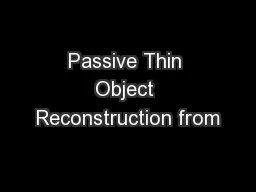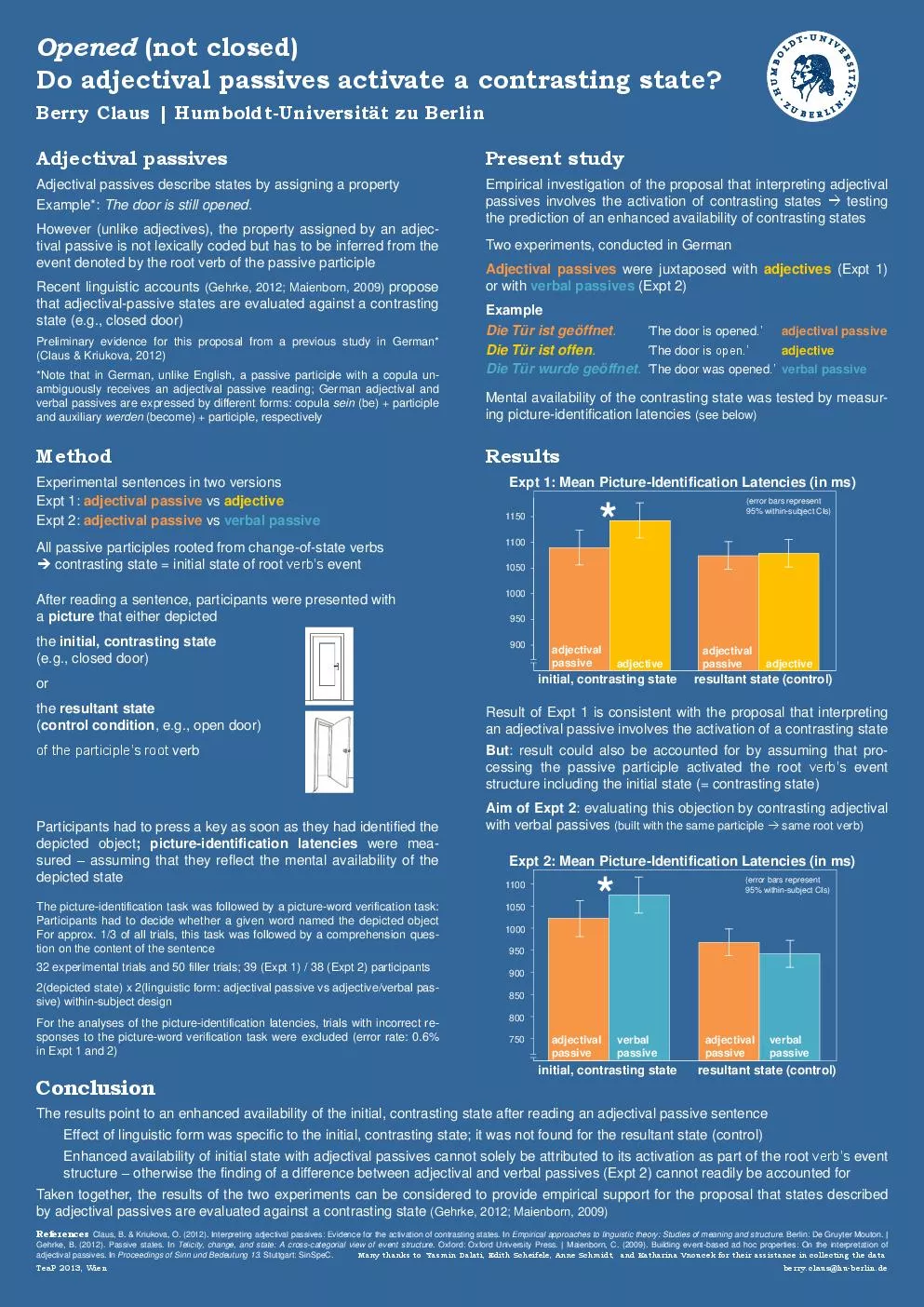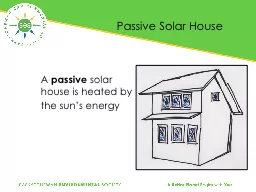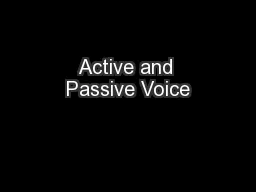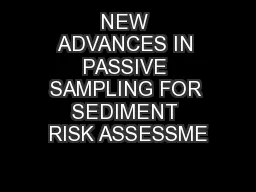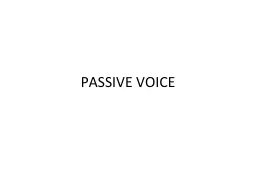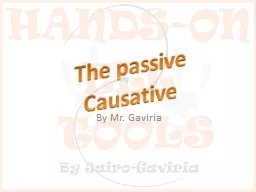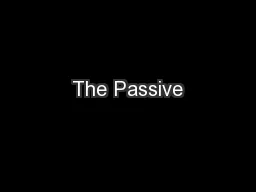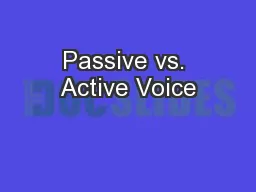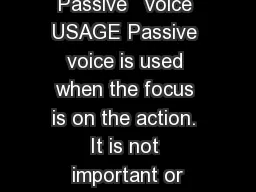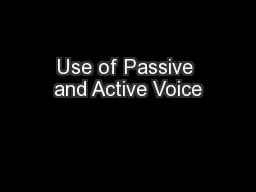PPT-Passive Thin Object Reconstruction from
Author : giovanna-bartolotta | Published Date : 2017-11-08
Uncalibrated Cameras Erick Martin del Campo Pier Guillen CS 635 Capturing and Rendering RealWorld Scenes April 29 th 2010 Outline Introduction Related work Feature
Presentation Embed Code
Download Presentation
Download Presentation The PPT/PDF document "Passive Thin Object Reconstruction from" is the property of its rightful owner. Permission is granted to download and print the materials on this website for personal, non-commercial use only, and to display it on your personal computer provided you do not modify the materials and that you retain all copyright notices contained in the materials. By downloading content from our website, you accept the terms of this agreement.
Passive Thin Object Reconstruction from: Transcript
Download Rules Of Document
"Passive Thin Object Reconstruction from"The content belongs to its owner. You may download and print it for personal use, without modification, and keep all copyright notices. By downloading, you agree to these terms.
Related Documents

